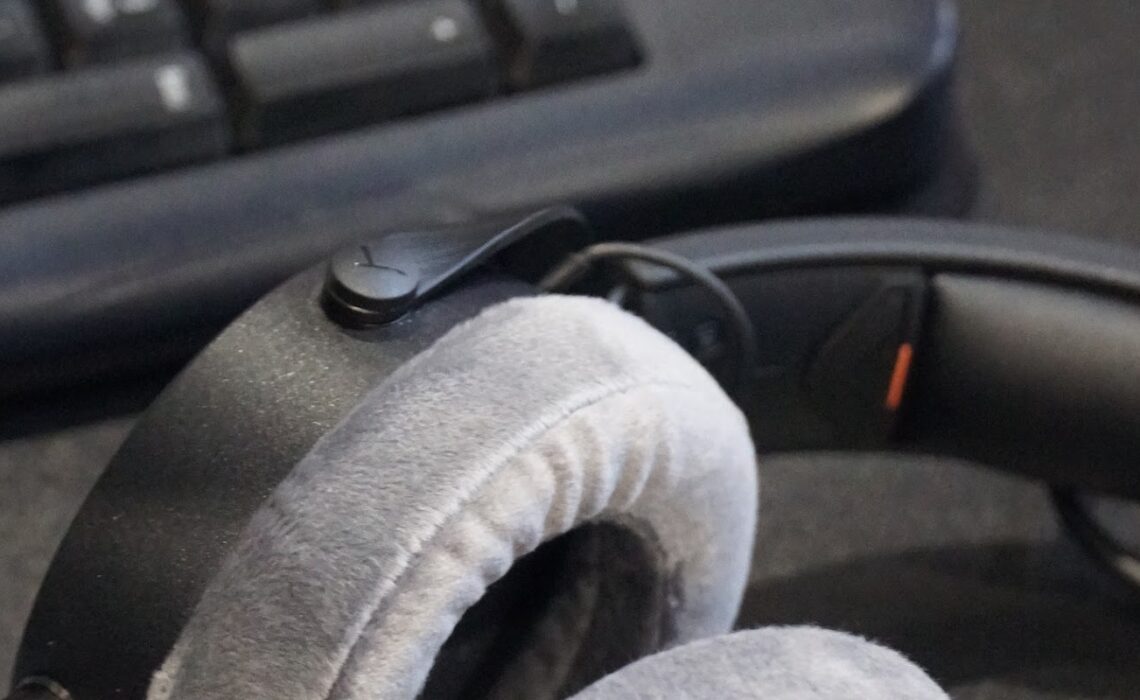
The lives of the deaf population in the thriving state of Illinois, which is home to the Windy City, cultural diversity, and a thriving community, are being quietly shaped by an ongoing revolution. Through the use of accessible assistive technologies, technology is creating a tapestry of inclusivity and accessibility that improves the experiences of people who are deaf. This article examines the value of these tools in the lives of deaf people in Illinois and how technology is causing a significant shift in their way of life.
A World of Silence: The Deaf Community in Illinois
People who are deaf or hard of hearing live in a thriving community in Illinois. For these people, navigating a world where hearing people predominate can be difficult daily. Communication barriers brought on by the inability to hear spoken language and sounds can obstruct opportunities for education and employment and foster isolation.
In the past, Deaf people in Illinois had to deal with these difficulties, but the creation of easily usable assistive devices and the advancement of technology have changed everything. These tools give them more power, enabling them to live independent lives and communicate and access information more effectively.
The Evolution of Assistive Devices
Since the advent of simple hearing aids, assistive technology has advanced significantly for the deaf. Technologies of today provide a wide range of options that cater to the unique requirements and preferences of each user. These devices have evolved as a result of developments in digital technology, which have made them smarter, more dependable, and—most importantly—more widely available.
Hearing Aids
Photo by Brett Sayles
Hearing aids have evolved from bulky, noticeable devices to discrete, high-tech devices that can be tailored to the wearer’s hearing profile. Hearing aids now offer a seamless listening experience with features like Bluetooth connectivity and smartphone integration, allowing users to change settings instantly.
Cochlear Implants
Cochlear implants have transformed the lives of people with severe hearing loss. Users can hear thanks to these surgically implanted devices, which directly stimulate the auditory nerve. Many kids and adults in Illinois have found hope thanks to cochlear implants, which enable them to interact with the world of sound.
Communication Apps
Deaf people now have more communication options thanks to the popularity of apps like text-to-speech software and video relay services. These apps enable instant messaging and can convert spoken words into text or sign language. This closes the communication gap between hearing people and the Illinois deaf community, which is revolutionary.
Educational Advancements
In Illinois, having access to a high-quality education is a fundamental right; however, this can be challenging for deaf students. The educational opportunities for deaf students have significantly improved thanks to assistive technology. The use of captioning and sign language interpreters in classrooms is one excellent example.
Additionally, e-learning platforms and digital resources have improved deaf students’ access to education. In a world where the majority of information is digital, technology makes sure that deaf people in Illinois can keep up with their peers, whether they are in K–12 education or higher education institutions.
Employment Opportunities
For deaf people in Illinois, the workplace poses a different set of difficulties. However, assistive technology has made progress toward leveling the playing field. Hearing-impaired people can now succeed in a wide range of occupations, from office work to the creative industries.
Communication barriers in the workplace are progressively reducing with the aid of captioning services and video conferencing equipment. Employers in Illinois are recognizing the talent and potential of deaf people and ensuring equal access to job opportunities.
Social Inclusion
Beyond the spheres of education and the workplace, assistive technology has ushered in a new era of social inclusion. Deaf people in Illinois can now take part more fully in social activities, from going to concerts with vibrating subwoofers to watching plays with captioning.
Additionally, the use of American Sign Language (ASL) interpreters at public events has increased, ensuring that those who are deaf can easily participate in conversations and discussions. As a result, everyone can enjoy Illinois’ diverse cultural landscape.
Technological Challenges and Solutions
Although technology has come a long way, there are still problems. Some people may not be able to afford the pricey accessible assistive equipment. Another issue is the ease of access to the internet and high-quality telecommunications services. The availability of technology and connectivity for deaf people may still be restricted in some rural areas of Illinois.
These difficulties are being addressed through ongoing efforts.
Programs run by the state of Illinois and advocacy organizations are working nonstop to increase broadband access in unserved areas and lower the cost of assistive technology.
Conclusion
Accessible aids for the deaf have paved the way for a more inclusive and equitable society in the Land of Lincoln, where tradition and innovation coexist. The transformative power of technology has made it possible for people who are deaf to overcome obstacles, realize their full potential, and participate actively in social, professional, and academic endeavors.
The future appears bright for the deaf community in Illinois as technology continues to advance. The state is moving toward a society where being deaf is not a barrier but rather an opportunity to celebrate diversity and empower its residents by continuing efforts to improve accessibility and affordability. Indeed, the winds of change are blowing through Illinois, bringing with them a message of progress and hope for all of the state’s residents, irrespective of their hearing abilities.
For those who are looking for additional support, Unspoken Language Services offers interpreting services to help bridge the communication gap between the deaf and hearing communities.
Thumbnail Photo Credit to: Photo by TStudio

